When stumbling upon a shed antler, figuring out who left it behind is usually easy. Moose have large, palmate antlers with numerous tines. White-tailed deer antlers have a main beam with single points emerging directly from the beam and mule deer antlers branch equally without a main beam.
The distinctiveness of antlers is one of the identifying characteristics of males in the deer family, which includes moose, caribou, elk, white-tailed deer and mule deer. Typically only males grow antlers except for caribou, in which the females also grow small antlers.
Each species of the deer family has a distinct configuration and each individual has a unique pattern, much like fingerprints are to humans. Maybe you have seen a white-tailed deer frequent your property every year and noticed the same antler pattern, just larger each year. Antler shape is mainly determined by genetics.
Genetics control the shape of an entire animal, including the antlers. When an animal has a genetic oddity, it can be passed on to future generations. In the deer family, this is seen on antlers in nontypical points. A nontypical buck will frequently produce offspring with nontypical points and a female with a nontypical father can also produce offspring with nontypical points.
The nontypical points may not be revealed the first year or two because the young buck is diverting more energy to body growth than to antler growth. Bucks will typically start showing kicker points and drop tines after they are three years old. Genetic oddities tend to show on both antlers, whereas if only one antler has an oddity it might be for another reason, such as injury, parasites or disease.
Antler shape has evolved just as the shape of a bird’s beak has evolved to match its food source. Antler and horn shape correlates to social interaction and mating, which is evident during the fall rut. Solitary animals don’t have to compete against other males as much for a female’s attention, so large, complex antlers/horns aren’t necessary. However, social animals that live in groups (like elk) will fight for females and need antlers to support combat. Typically the animal with larger antlers is more likely to obtain a mate or fend off a rival.
The type of combat also dictates the shape of antlers and horns. Members of the deer family wrestle with their antlers whereas bighorn sheep fight by ramming with their massive, curved horns. Mountain goats don’t ram heads like bighorn sheep because they lack the massive curls and heavy skull that supports ramming; instead they have short, straight horns for stabbing their opponents.
There are numerous theories to why animals have antlers and horns, the most accepted being for combat and female selection. But scientists are still not exactly certain why animals evolved horns and antlers even though they developed independently in a number of mammalian families.
Despite the mysterious nature of antlers and the theories that abound for their existence and shape, they are an amazing feat for males to grow each year. Antlers are the fastest growing tissue in mammals besides cancer and without adequate nutrition a male cannot grow its antlers to their maximum genetic potential. Whether simple spikes, branched racks or palmate antlers, the annual shedding of antlers always leaves a treasure for us to stumble upon.

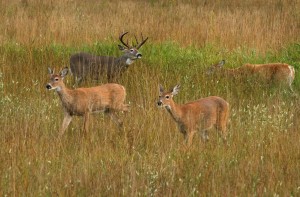
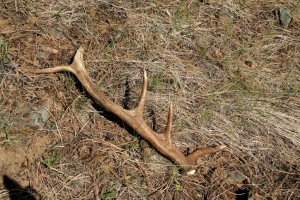
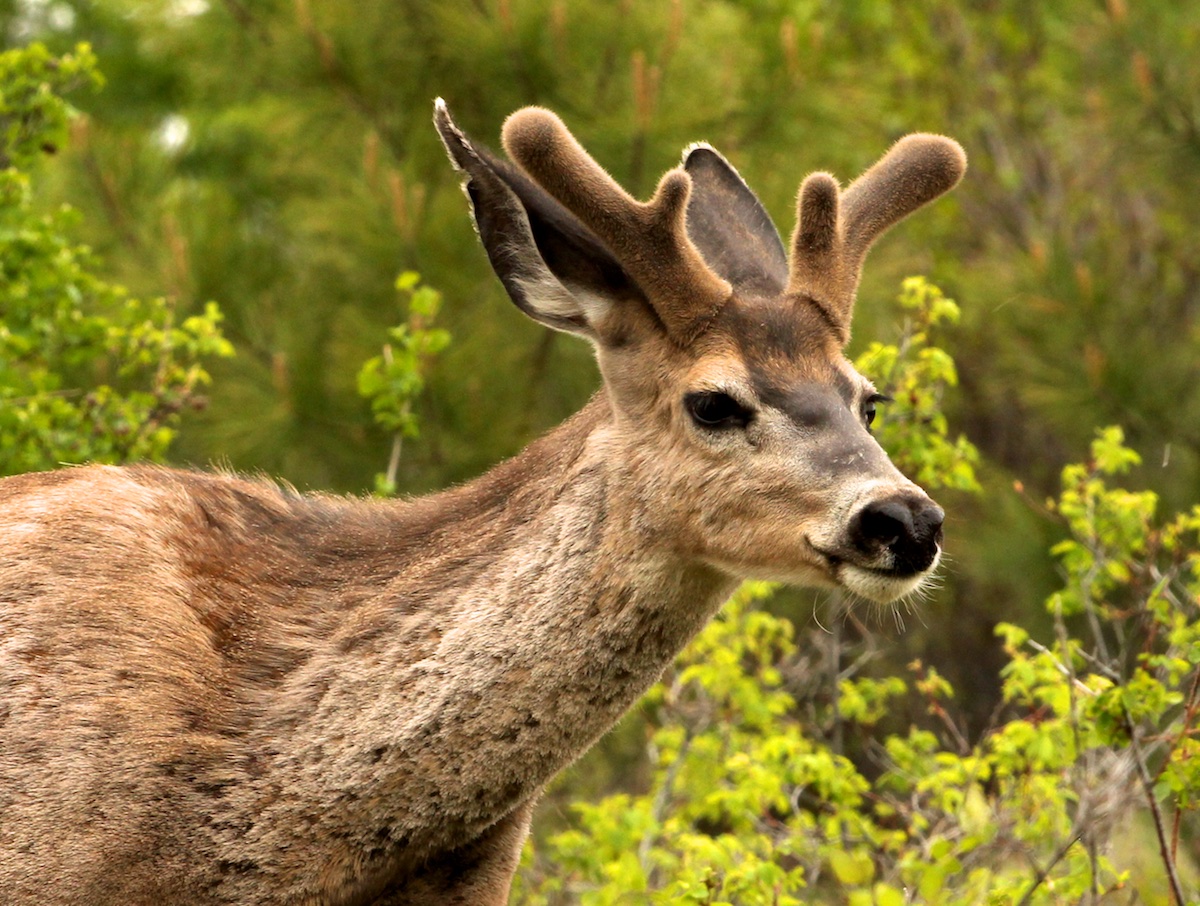
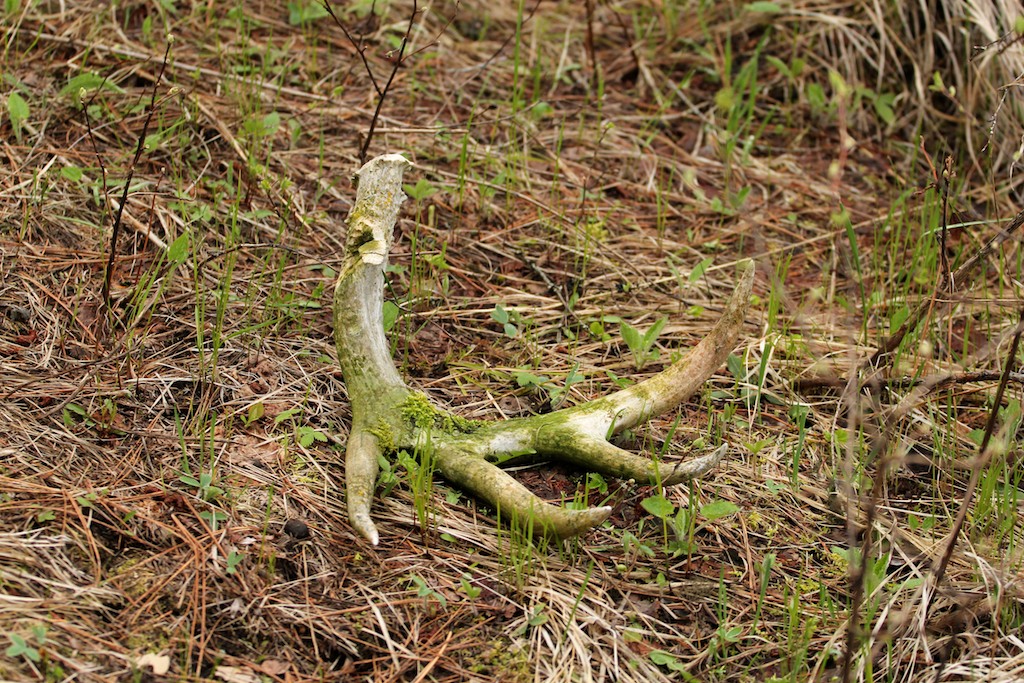

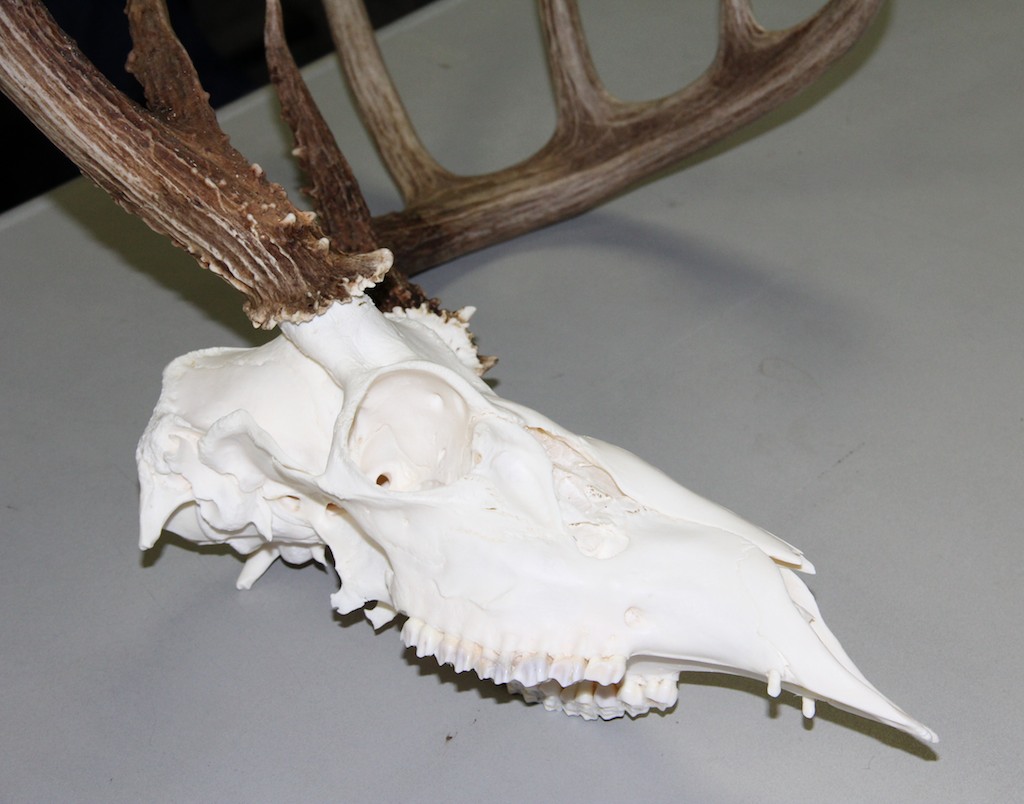
Laura thank you for sharing your knowledge and love of the outdoors. My question about antlers was answered very well. Phil C. SLC UT
Glad I could help!
I’ve written a video script for students in the California schools that touches briefly on deer antlers. My question relates to epigenetics (genes that will turn on in response to changes in the environment) and I’m wondering if antlers from “brush bucks” over a hundred year period (1919 to 2019) would be narrow and curved in, to facilitate movement through a progressively more brushy habitat, in response to fire exclusion as a land management strategy.
Your comments re: this question and on the script in general, would be greatly appreciated.
I have heard that bucks that live in brushier habitats can have narrower antlers. Sorry I couldn’t be of more help.
Good luck with your video script!